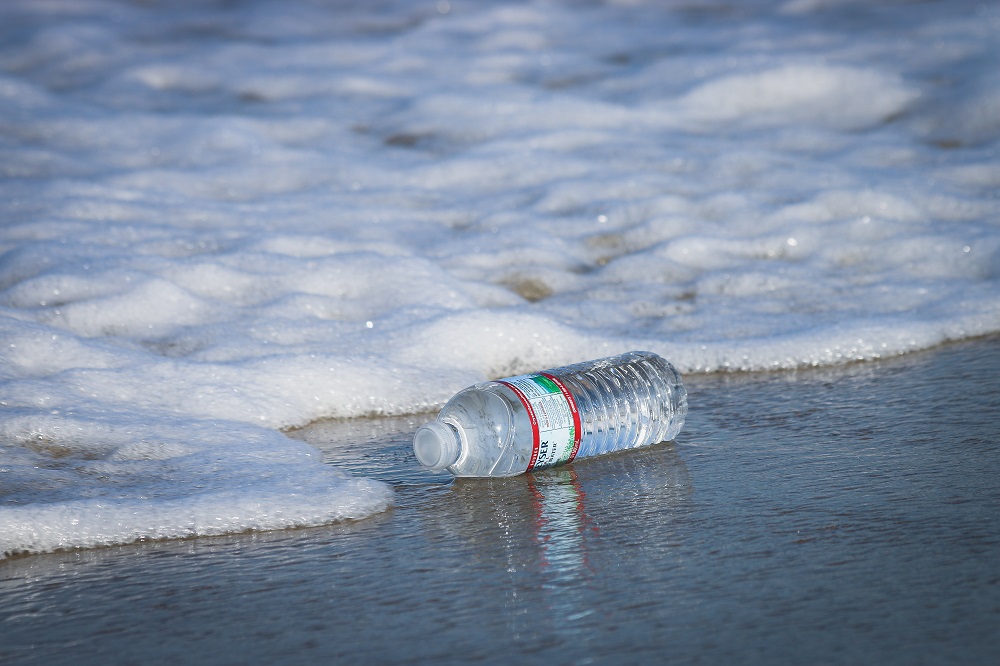Author: Site Editor Publish Time: 2023-01-16 Origin: Site
The smallest unit of a membrane separation plant is called a membrane module, or in the case of rolled membranes, usually a membrane element.
The design of the membrane module has to achieve two objectives.
(i) To limit the occurrence of concentration polarisation (desalination membranes) and particle deposition (clarification fractionation membranes, i.e. filtration membranes) cells, it is necessary to ensure that a sufficiently high circulation rate of the liquid being treated is maintained within the membrane.
(ii) A compact arrangement of membrane modules, i.e. maximising the membrane area per unit volume.
These two objectives can help to reduce the cost of the membrane module per tonne of water treated, but can increase operational energy consumption: high circulation velocities and narrowed channels will increase head losses and must be considered as a whole.
① easy backwashing, capable of being hydraulically cleaned, chemically cleaned or disinfected, even to a sterile state.
② Easy to install and dismantle.
③Automated operation is an option.
Classification of Membrane Modules
There are four main types of membrane modules on the market today, containing tubular membranes, hollow fibre membranes, flat sheet membranes and rolled membranes. In water treatment applications, 95% of microfiltration and ultrafiltration units use hollow fibre modules and 95% of nanofiltration and reverse osmosis units use rolled modules.

Hollow fibres with a diameter of 0.6 to 2mm are produced by extruding membrane material through a ring die. The ratio of thickness to diameter of the hollow fibres allows them to withstand the internal or external pressures to which they are subjected during operation, hence the term self-supporting membrane (some membrane filaments have an additional internal support layer to increase their strength). Thousands of hollow fibre membrane filaments are assembled together and arranged in bundles to form a membrane module.
The water to be treated flows inside the hollow fibre membrane (internal pressure membrane) or outside (external pressure membrane).
The significant advantage of this type of membrane module is that it can be backwashed at regular intervals (every 20 min to 2 h), thus allowing the membrane filaments to operate at conditions well above their mechanical strength limits at all times.
With the exception of a very few special membrane modules (see ceramic modules) and some flat membrane modules for membrane bioreactors, all filtration separation membranes (microfiltration or ultrafiltration) are either internal or external pressure membranes. These hollow fibre modules, which are easy to backwash and have low head losses, are usually operated at an operating pressure of lbar (lbar = 105 Pa).
Toyobo in Japan is the only company now selling external pressure reverse osmosis membranes (seawater type), and the diameter of these hollow fibres (130μm) is actually much smaller than the aforementioned ultrafiltration and microfiltration membranes. Compared to rolled membrane modules, they have a higher pressure strength (80 bar operating pressure) and are more compact.
Both internally and externally pressurised hollow fibre membranes must prevent large particles from clogging the membrane modules. Therefore, security filters with a filtration accuracy of 150 to 500 μm are required in addition to the inlet water of any membrane system.